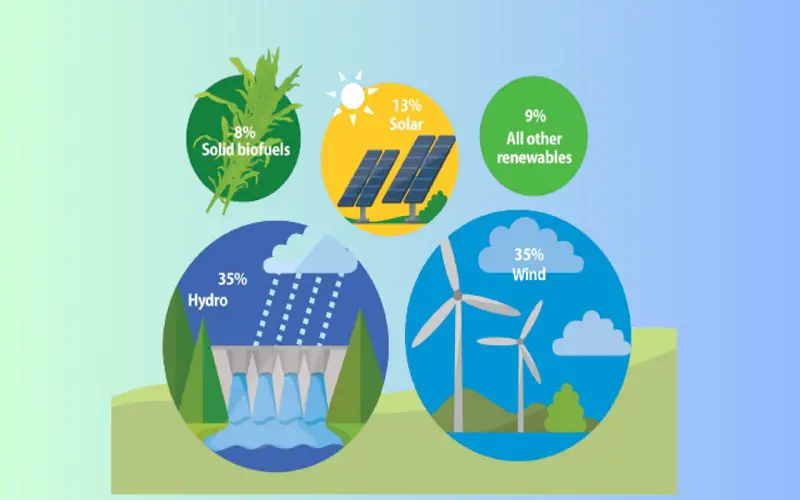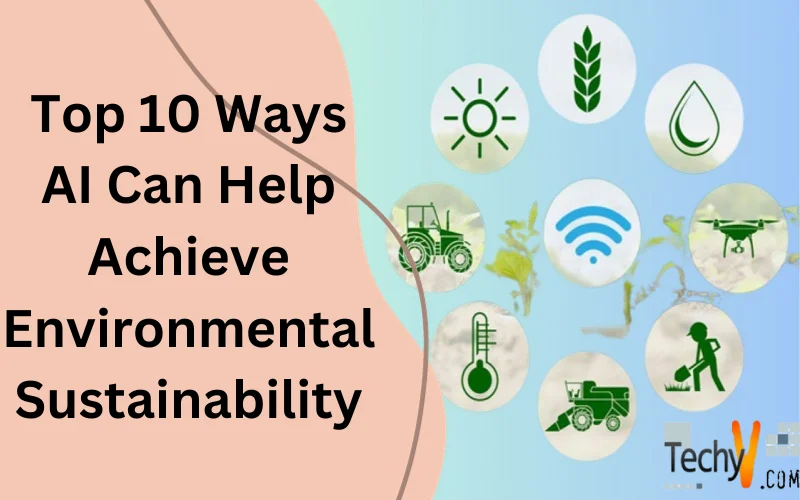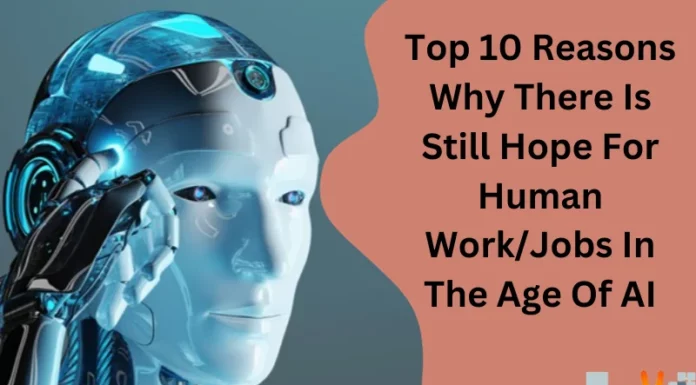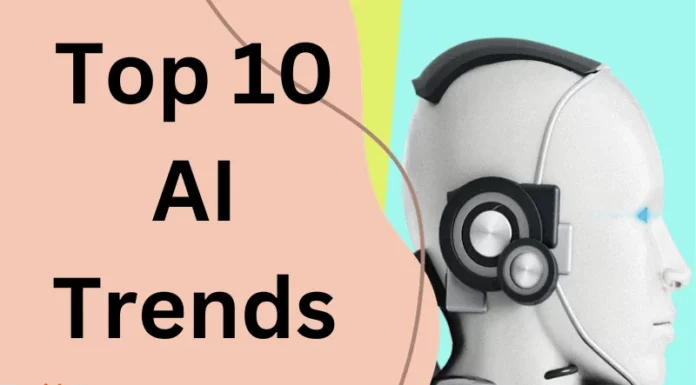The Artificial Intelligence (AI) technology is expanding rapidly in almost every field. Many businesses have started realizing its importance and potential for driving human innovations. With technological advancements, AI continues to evolve and bring impressive changes to the economy. If utilized correctly, AI can offer unprecedented opportunities for a sustainable human future.
There is a perception that the emergence of AI can create some negative impacts on the environment. But it can be reversed if companies make the suitable investment and properly utilize the AI technology.
AI is such a powerful tool that can tackle environmental issues and guide us towards a sustainable future. It helps in reducing harmful emissions, developing environmentally friendly transport networks, checking for deforestation, and predicting extreme weather conditions.
Many industries and businesses have pledged to become net zero to achieve sustainability. A company’s net-zero policy consists of three primary objectives:
- Measure and report emissions.
- Reduce emissions by optimizing business operations.
- Offset residual emissions using carbon credits.
With the help of AI technology, net-zero companies can achieve these goals to achieve sustainability. Let us check the Top 10 methods that AI utilizes to achieve environmental sustainability.
1. Weather Prediction
Companies have pioneered an innovative concept called Climate Informatics, using AI for weather forecasting and improved prediction of the effects of climate changes. It requires extensive computation power, but with the help of deep learning networks, it can fastly compute and process complex real-world systems in its calculations. With more and more advancements in AI technology, our personal computers will soon match the speed of supercomputers, thus reducing costs and boosting productivity.
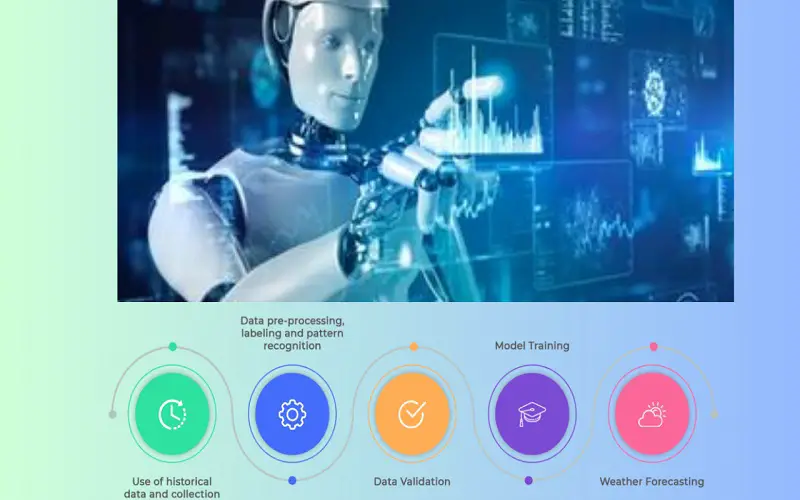
2. Conservation Of Biodiversity
AI can identify changes in patterns of land usage, vegetation patterns, and the impacts of natural disasters with the help of satellite imagery. Even anti-poaching units use AI techniques for strategizing their patrol routes. By thoroughly investigating data on species and habitats, AI helps in an in-depth understand the complex relationships between various species and their surroundings. The Blue River technology company harnesses AI to detect the presence of biodiversity changes and endangered species.
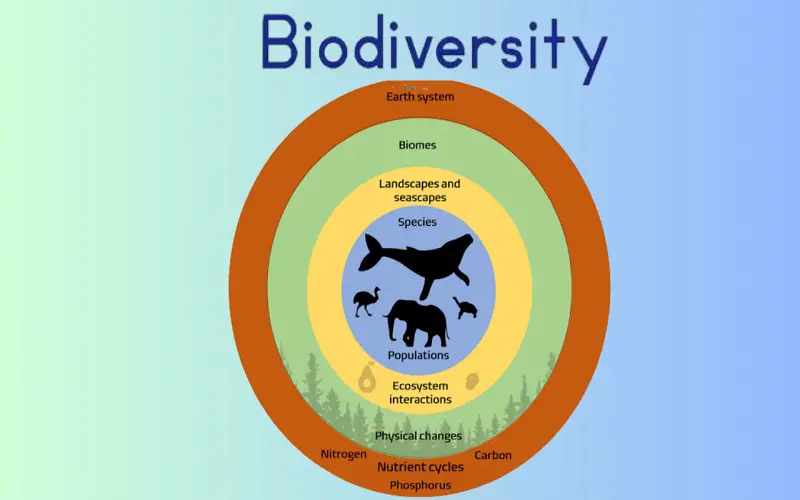
3. Ocean Preservation
Companies have started using AI-powered robots to monitor marine conditions, including pollution levels, temperature, and pH. AI development is undoubtedly a positive step towards environmental sustainability. For ocean clean-up, advanced AI systems are utilized to track and collect plastic waste in the ocean for cleaning the marine water. These systems can gather data from remote locations and inaccessible marine locations. Another way the maritime industry utilizes AI is by tracking illegal fishing practices, enabling authorities to monitor and prevent such activities.

4. Smart Transportation
AI optimizes transportation networks and logistics, leading to a reduction in emissions from transportation. AI is used in smart transport, like Google Maps, to improve navigation using AI algorithms. For example, Nexar ensures safety and provides valuable information on traffic flows and congestion in real-time. With the power of AI, we can revolutionize how we navigate and travel to create a sustainable transport system.
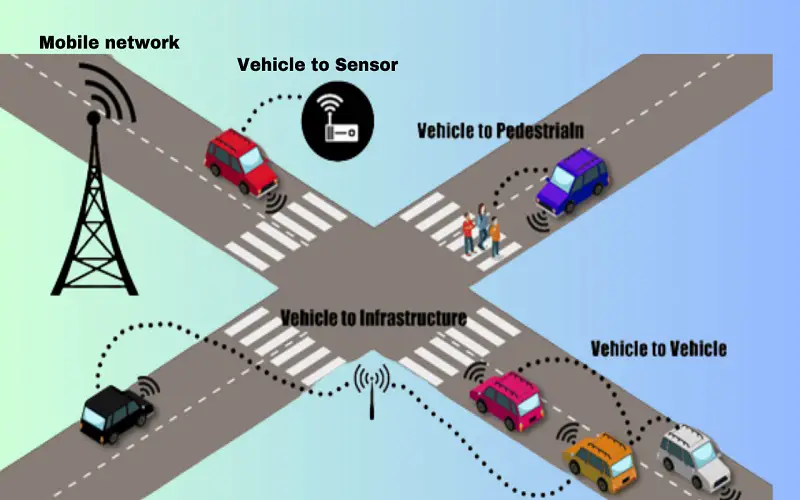
5. Air Quality
AI-powered air purifiers gather real-time air quality data to enhance filter efficiency for optimizing air quality. By leveraging data from vehicles and radar sensors, AI actively works towards improving air conditions. These AI solutions alert people living in the cities of the rising pollution level in their areas. Today, there are numerous tools to discover the source of pollution. Using these tools, we can control pollution in the air and improve air quality for sustainable living.
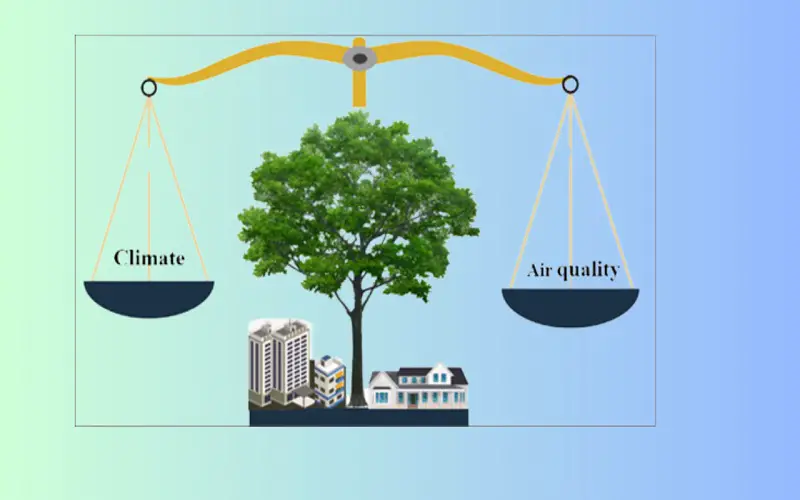
6. Smart Grids
Utilizing AI has proven highly effective in optimizing energy production and meeting real-time demand. AI helps create smart energy grids by analyzing the data from sensors and meters. These smart grids efficiently manage the supply and demand of electricity, thus reducing waste and promoting reliability. An efficient grid uses renewable energy to improve productivity and efficacy. For instance, Microsoft company has been using AI technology to improve energy efficiencies in their data centers, with an aim to reduce carbon emissions by 2030.
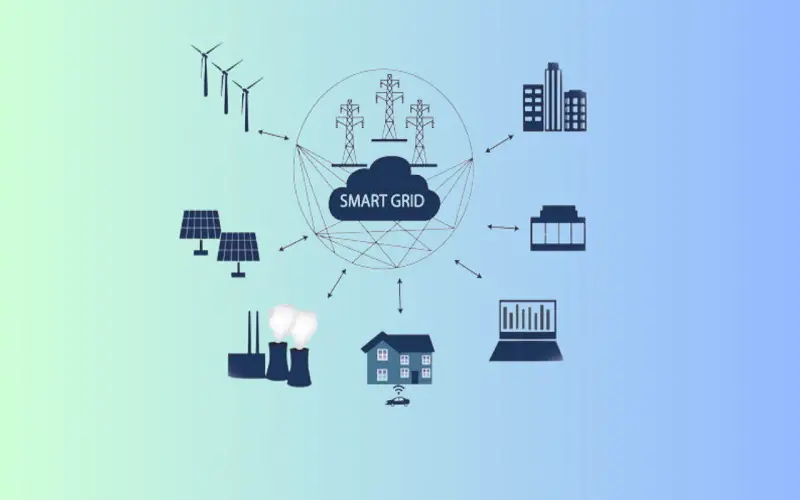
7. Smart Disaster Response
AI can accurately forecast and analyze weather patterns and potential disasters in a particular location to provide early warning and take adequate precautions. It uses drones and advanced sensors for monitoring uncertain events such as earthquakes, floods, sea-level changes, and other natural calamities. It employs automatic triggers to take timely action by facilitating early evacuation when required. Companies like IBM have integrated AI with physics models to assess the impact of extreme weather conditions on the infrastructure and devise strategies for disaster risk management.

8. Smart Agriculture System
AI promotes sustainable agricultural practices by analyzing soil data, predicting crop yields, and identifying pest outbreaks. It empowers farmers to optimize crop production by reducing dependency on fertilizers and other harmful chemicals. With automated data collection and robot decision-making, AI is revolutionizing the agriculture industry. It enables early detection of crop diseases, protecting yields and ensuring food security. AI helps to increase the resource efficiency of the agriculture industry and limits water usage, reducing the damage caused to our ecosystems.
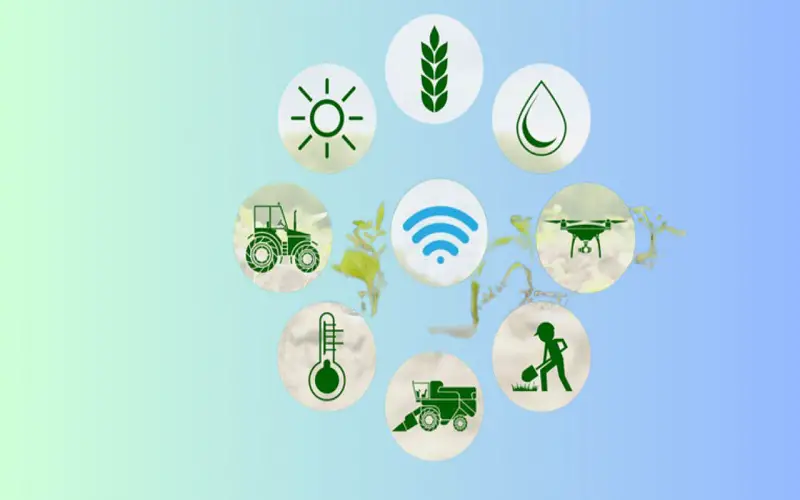
9. Waste Management
By employing waste robotics for sorting and separating recyclable items from waste streams, AI has helped in enhancing recycling efficiency and reduction in wastage from landfills. It has improved the overall waste management system by analyzing data on waste production, collection, and disposal. In this way, it allows municipalities increase recycling rates and reduce wastage.
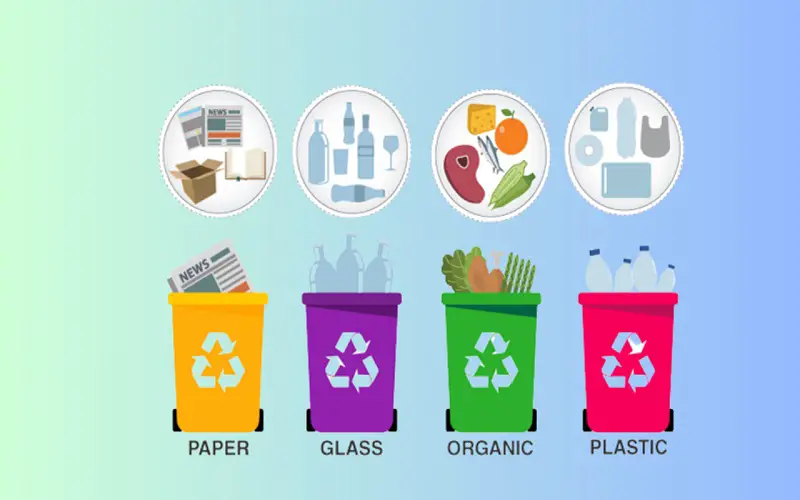
10. Renewable Energy
AI has enabled the development of renewable energy sources like solar and wind power by predicting energy output levels. We can quote here the example of a company, GE Renewable Energy, which uses AI technology in its wind turbines to generate high-quality winds. These turbines have sensors and AI algorithms that continuously monitor wind patterns and make necessary adjustments. As a result, these turbines can operate at their optimal performance level. AI application in the energy sector has enabled the timely identification of potential issues and their solutions.
